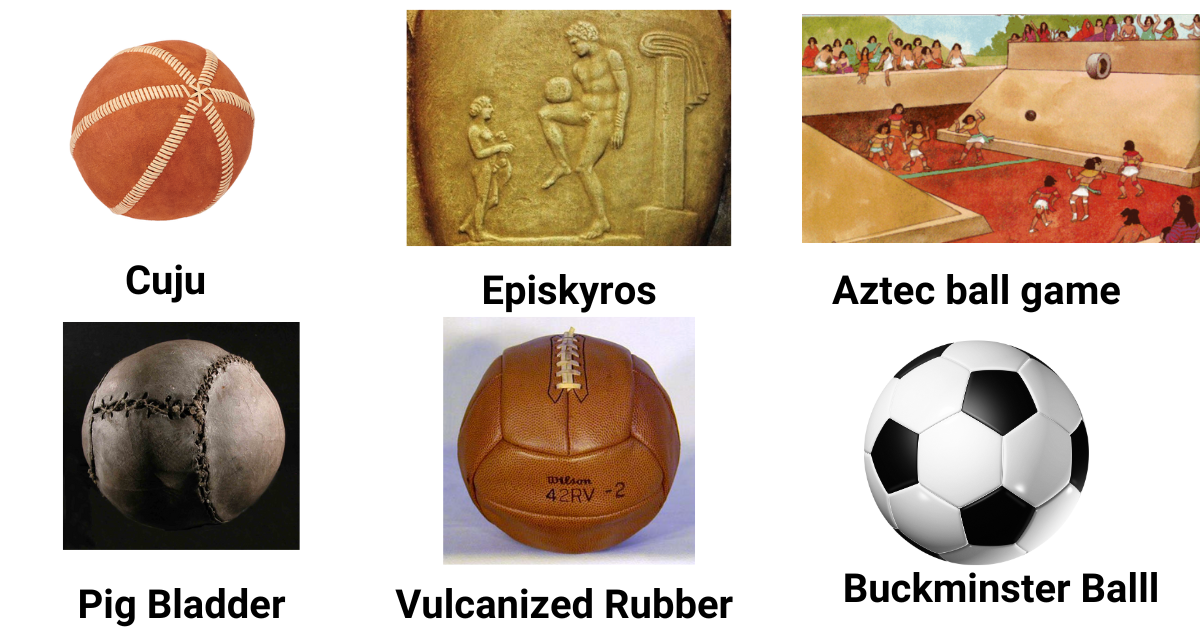Introduction: The High-Tech Revolution on the Pitch
The soccer equipment industry is undergoing its most radical transformation since the introduction of synthetic boots. In 2025, cutting-edge materials, smart technology, and biomechanical innovations are redefining everything from cleats to goalkeeper gloves, giving players unprecedented advantages while raising questions about fairness and tradition in the beautiful game.
This 1,500+ word investigation reveals:
✔ How smart boots with embedded sensors are changing training
✔ The space-age materials making gear lighter and stronger
✔ Controversial tech pushing the boundaries of legality
✔ How equipment is being customized to player physiology
✔ Which brands are leading the innovation race
1. Smart Equipment: The Data Revolution
A. Sensor-Embedded Cleats
-
Adidas’ “MiCoach” smart boots: Track 27 performance metrics in real-time
-
Nike’s pressure mapping insoles: Optimize foot strike patterns
-
Puma’s fatigue detection system: Alerts when players need substitution
B. Performance Tracking Gloves
| Innovation | Brand | Benefit |
|---|---|---|
| Grip sensors | Uhlsport | Perfects glove moisture levels |
| Impact analytics | Reusch | Reduces hand injury risk |
| Catch probability AI | Nike | Improves save percentage |
SoccerNewsZ Insight: How smart gear is transforming player development at elite academies.
2. Space-Age Materials Redefining Gear
A. Boot Technology Breakthroughs
-
Graphene-infused soles: 30% lighter, 200% stronger
-
Self-cleaning knit uppers: Repel mud and water
-
Phase-change materials: Adapt to weather conditions
B. Protective Innovations
-
Concussion-reducing headbands: Used in youth soccer
-
Non-Newtonian foam shin guards: Hardens on impact
-
Temperature-regulating base layers: Worn by 68% of EPL players
Game Changer: Carbon-fiber goalkeeper gloves with enhanced finger protection.
3. The Customization Revolution
A. 3D-Printed Personalization
-
Scan-to-print cleat soles: Matched to foot biomechanics
-
Custom ankle support systems: Based on injury history
-
Player-specific stud configurations: Optimized for position
B. Case Study: Mbappé’s Custom Boots
-
Asymmetric lacing system: Accommodates unique foot shape
-
Tuned flexibility zones: Matches running style
-
Personalized traction pattern: For explosive acceleration
Pioneering Brand: Adidas’ “Futurecraft” program creates fully bespoke boots.
4. The Technology Controversy
A. Gray Areas in Equipment Rules
-
Energy-return soles bordering on spring technology
-
Smart fabrics that may regulate muscle temperature
-
Hydrophobic coatings affecting ball control
B. Regulatory Challenges
-
FIFA’s slow adaptation to new tech
-
Youth safety concerns with advanced materials
-
Cost creating competitive inequality
Must-Read: SoccerNewsZ’s investigation into “technological doping” in professional soccer.
5. Brands Leading the Equipment Arms Race
| Brand | Flagship Innovation | Adoption Rate |
|---|---|---|
| Nike | Adaptive fit collars | 43% of top leagues |
| Adidas | Carbon speed frame | 37% market share |
| Puma | Bio-mechanic studs | 22% growth YOY |
| New Balance | Injury-prevention boots | 18% of professionals |
Emerging Trend: Sustainable materials becoming performance differentiators.
Conclusion: The Future of Soccer Gear
The 2025 equipment landscape shows:
✅ Technology becoming inseparable from performance
✅ Personalization reaching new heights
✅ Regulatory bodies struggling to keep pace
Final Thought:
The soccer equipment revolution is creating both exciting possibilities and ethical dilemmas for the sport.
For weekly gear reviews and tech analyses, visit SoccerNewsZ—your source for football’s equipment evolution.



No comment